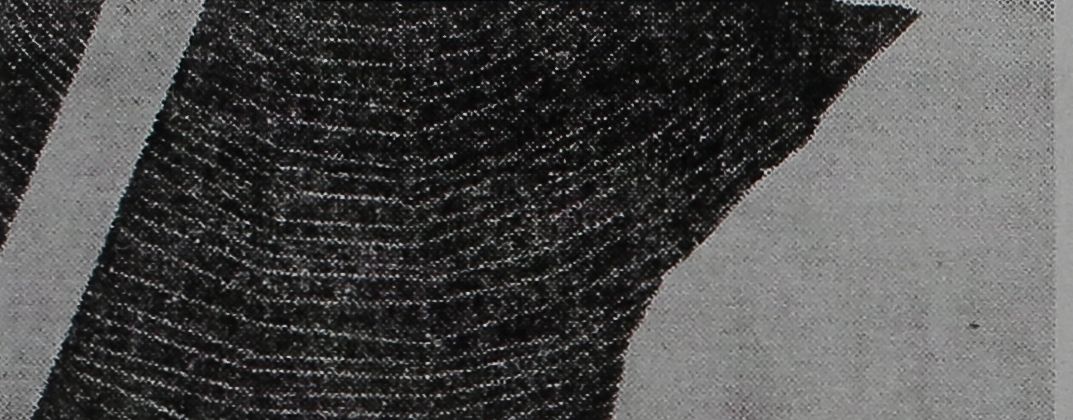Images Collection
View this article in Search Friendly Plain Text
NOTE: This plain text article interpretation has been digitally created by OCR software to estimate the article text, to help both users and search engines find relevant article content. To read the actual article text, view or download the PDF above.
UPIPhotB
DR. PETER WITT CHECKS SIZE OF WEB
Pair of ‘Cross Spiders’ Now in Space
fA tck Xe*i t&\
Jeepers… Creepers
sIn Outer
V
RALEIGH, N.C. (UP!) –
S p i d e r s are on the sec-
ond Skylab mission to test the
effects of zero gravity and
how space travel affects
behavior.
Dr. Peter N. Witt, consult-
ant to NASA on the unusual
experiment, says it’s hoped
the webs the spiders spin in-
side the orbiting space station
will tell scientists more about
those factors.
Witt, 54, an internationally
known researcher on spiders
and human behavior, said two
female “cross spiders” were
chosen for the experiment be-
cause “no other animal pro-
vides us with suda a predict-
able and meaningful record of
behavior.”
Witt, research director for
the North Carolina Depart-
ment of Mental Health, has
spent more than 25 years
studying the effects of such
togs as alcohol and LST,
as well as environment, on
the web building of spiders
and how the changes relate
to human behavior patterns.
Spider webs that housewives
frequently sweep from their
ceilings are studied in minute
detail, by Witt and his re-
search associate, Mabel Scar-
boro.
Using intricate devices, Witt
measures the size, spirals and
designs of webs and then
feeds the information into a
computer. The computer then
provides him with data to
analyze the behavior of the
spider under both normal and
abnormal conditions.
NASA contacted Witt, a na-
tive of Bern, Switzerland,
about the spider experiment
in 1971, afta: t e idea was
suggested in a na ionwide con-
test the agency sponsored to
get ideas for Skylab research
projects.
NASA already has conduct-
ed simulated tests with
spiders supplied by Witt to
measure t h e effects of all
conditions on them except
weightlessness, the scientist
said.
The astronauts are carrying
the spiders into space in small
boxes and in already
p r e p a red cases sur-
rounded by lights and photo-
graphic equipment. While in
space, the spiders will be fed
by the astronauts, who’have
been trained in experimenting
with spiders.
Should the spiders weave
webs during the flight, Witt
said, the cameras will trans-
mit pictures of their actions to
earth.
Witt has supplied NASA j
with a computer program of ;
web building, which will be
used to measure any changes
or effects that space travel
has on their normal pattern
of weaving.
Even though spiders have
been mstinetively building
webs since the beginning of
time, Witt says in space the
spiders “may just sit in a cor-
ner and sulk and do nothing.”
Web building is an “innate”
form of behavior for the
spider since it is his means of
securing food, the scientist
said. Normally, the cross
spider builds a different web
every 24 hours.
However, he said, “weight- j
lessness is a problem no
spider has ever had to face.”
NASA’s official plan (toes
not call for the return of the
two spiders to earth, but Witt
hopes the agency will change
its plan. He feels the experi-
ment will not be complete un-
less their behavior can be ob-
served following along period
in zero gravity.
